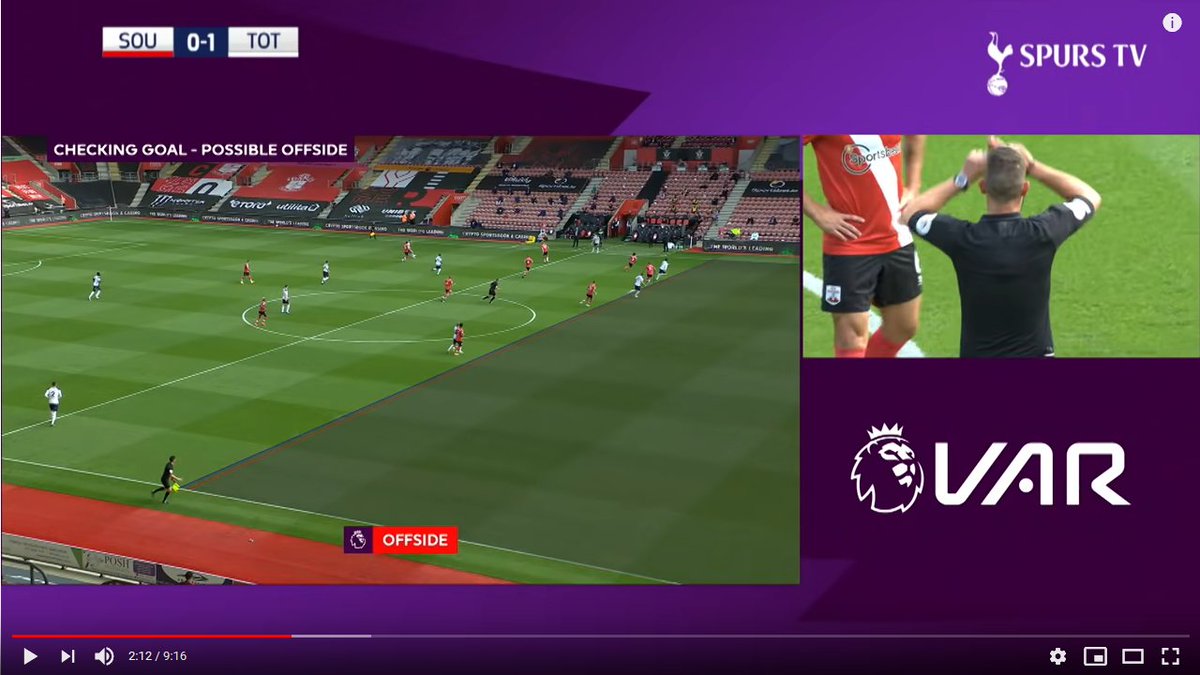
It's the Monday VAR thread.
- Penalty incidents at Leeds
- Arsenal / Wolves / Palace penalties
- Brighton handball
- WBA goal
This is not a week when I'll get much appreciation for my opinions, but these are subjective decisions so we can't always agree...
- Penalty incidents at Leeds
- Arsenal / Wolves / Palace penalties
- Brighton handball
- WBA goal
This is not a week when I'll get much appreciation for my opinions, but these are subjective decisions so we can't always agree...
The Leeds penalty is clouded by Nick Pope getting his foot to the ball. But that doesn't mean it cannot be a penalty.
I totally get why many will feel it shouldn't be a penalty, but once the referee has given this there's no chance it gets overturned.
I totally get why many will feel it shouldn't be a penalty, but once the referee has given this there's no chance it gets overturned.
From this image, it seems a clear challenge from the goalkeeper to get to the ball ahead of Patrick Bamford.
There's no problem here, it's a normal attempt to win the ball.
But that doesn't give Pope carte blanche.
There's no problem here, it's a normal attempt to win the ball.
But that doesn't give Pope carte blanche.
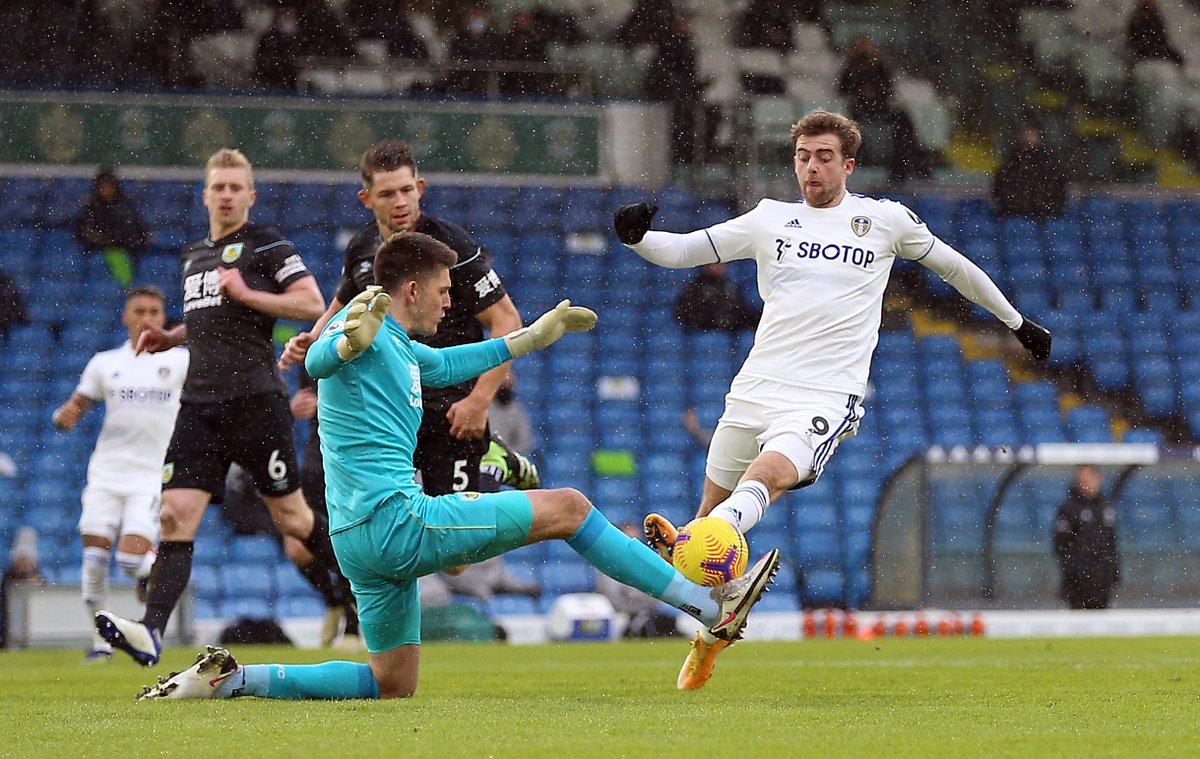
If Pope simply wins the ball with his tackle that's fine.
But he clearly brings his arm across Bamford after that point and impedes the striker. The VAR isn't getting involved in this.
It should actually be a yellow - and could have been a red without the defender close by.


But he clearly brings his arm across Bamford after that point and impedes the striker. The VAR isn't getting involved in this.
It should actually be a yellow - and could have been a red without the defender close by.
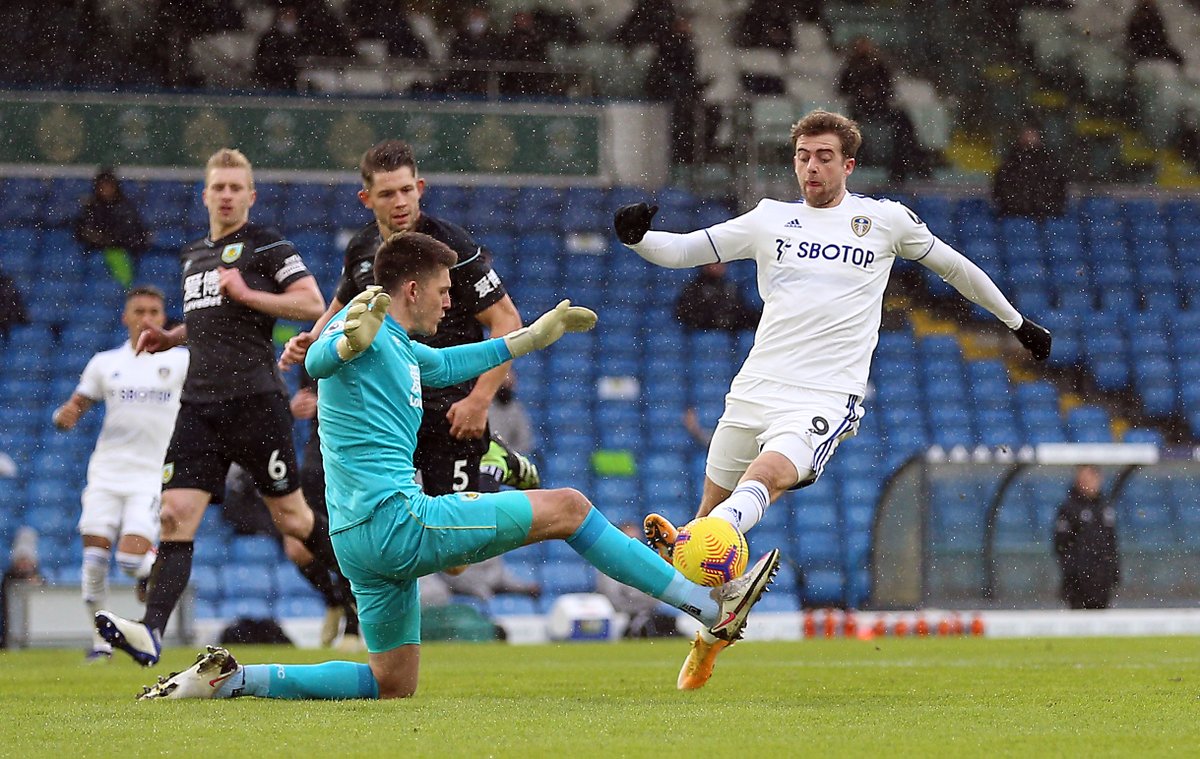
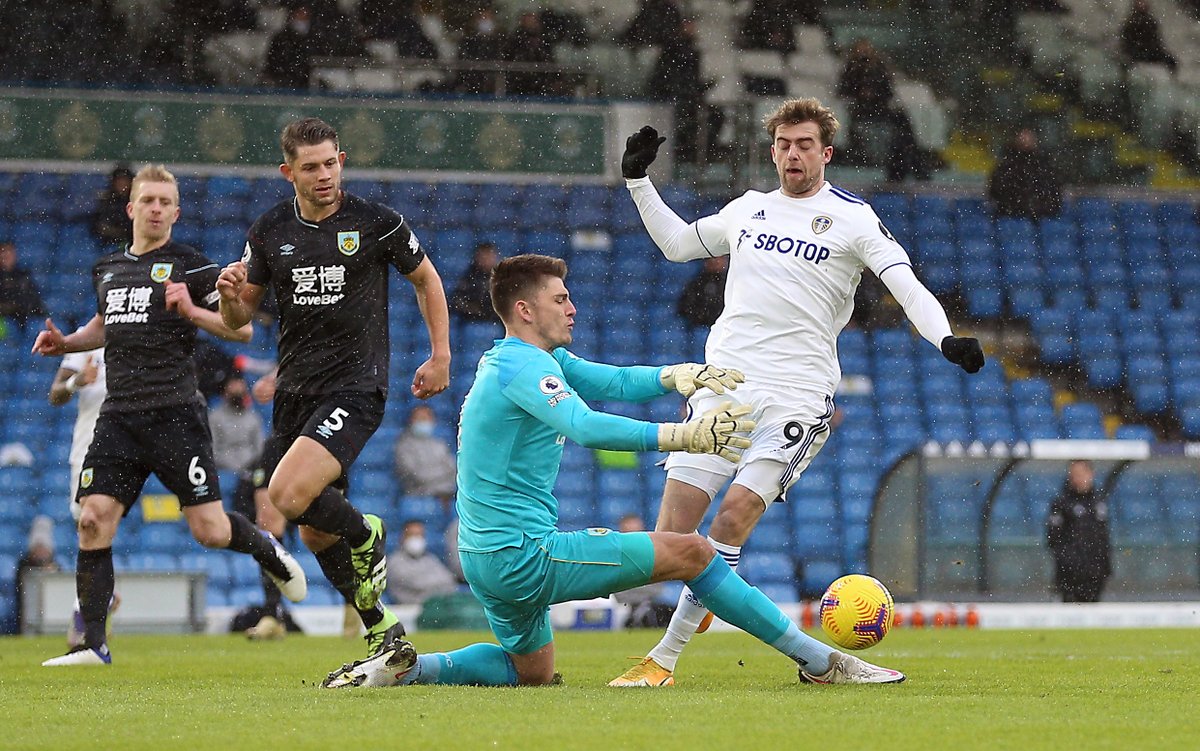
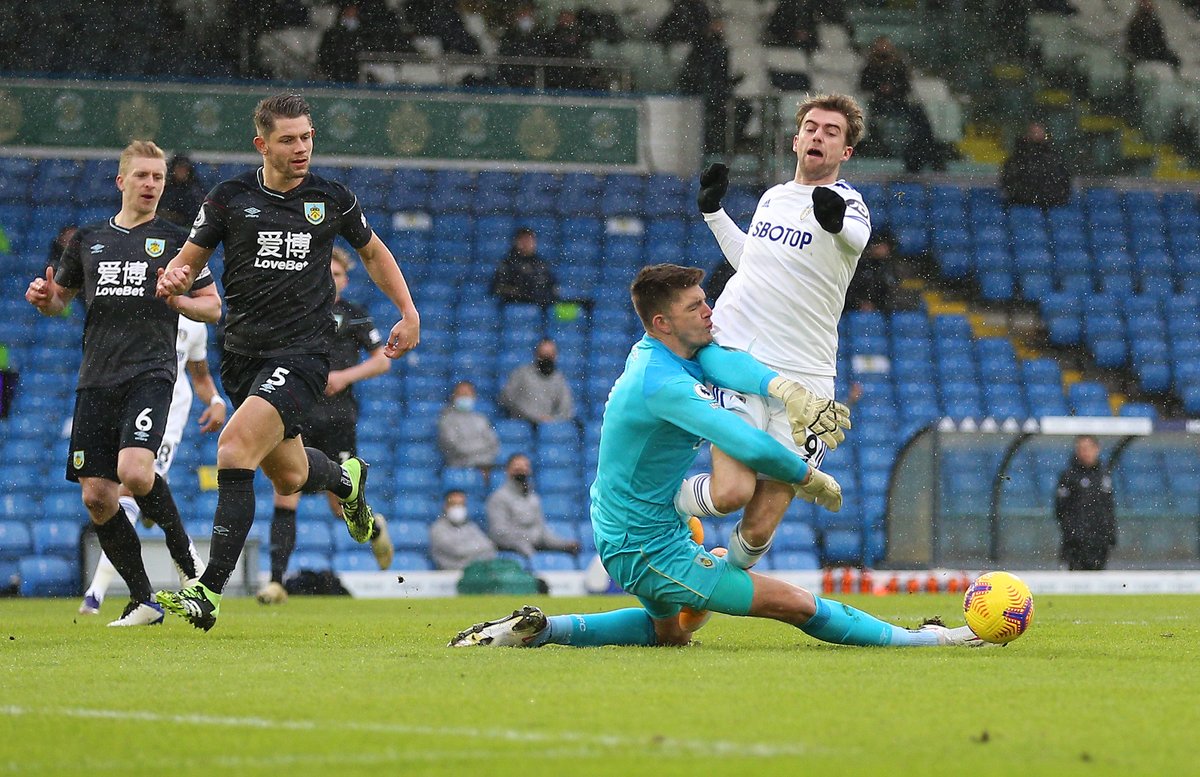
But the disallowed Burnley goal is a total mess for referee Robert Jones.
Most referees (bar a handful of examples) have learned to hold the whistle for a couple of seconds on such incidents.
By blowing the whistle before the ball went in, the VAR was nullified on the goal.
Most referees (bar a handful of examples) have learned to hold the whistle for a couple of seconds on such incidents.
By blowing the whistle before the ball went in, the VAR was nullified on the goal.
A key part of football is "you play to the whistle," so when Robert Jones whistled the ball became dead, which came before Ashley Barnes' shot went in.
The key difference to Man United v Brighton handball is that offence happened BEFORE the final whistle.
The key difference to Man United v Brighton handball is that offence happened BEFORE the final whistle.
So Robert Jones whistling for a foul means the VAR can do nothing about the disallowed goal, but there could be a penalty for Illan Meslier fouling Ben Mee.
It happened last season, when Marcos Alonso was penalised for fouling Paulo Gazzaniga and it was overturned to a penalty.
It happened last season, when Marcos Alonso was penalised for fouling Paulo Gazzaniga and it was overturned to a penalty.
There's a whole different debate about how goalkeepers are treated differently. That a defender would give away a penalty with the same challenge.
While that is undoubtedly true, it doesn't change the fact that goalkeepers are rarely penalised when jumping to claim the ball.
While that is undoubtedly true, it doesn't change the fact that goalkeepers are rarely penalised when jumping to claim the ball.
In the case of Gazzaniga, he came out in a reckless manner and it was a definite penalty. The same cannot be said of Meslier.
I personally don't think there's enough to give a penalty, but I totally accept many will disagree.

I personally don't think there's enough to give a penalty, but I totally accept many will disagree.
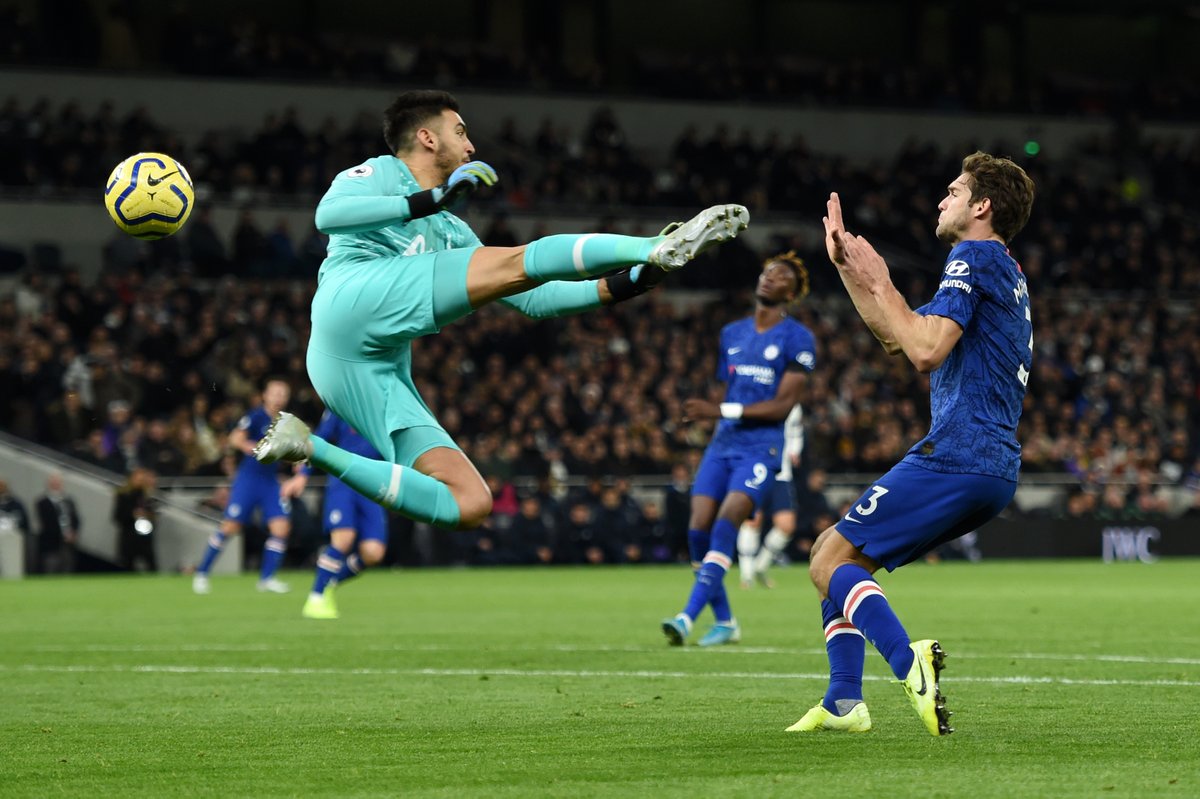
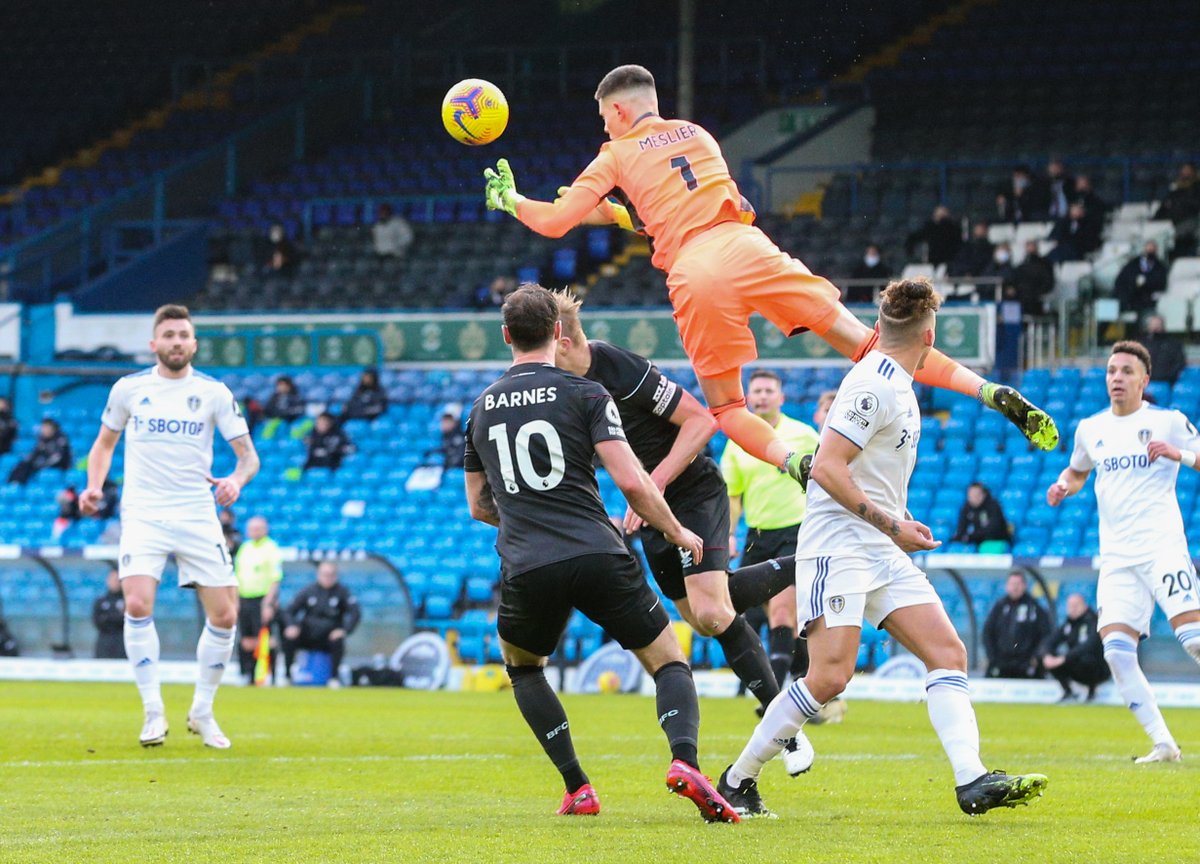
The possible Crystal Palace penalty took AGES. It was very similar to the Fulham v Liverpool incident recently.
The VAR took several minutes to watch inconclusive angles, then advised the ref to look - who turned it down. This is where VAR has to get a lot better and slicker.
The VAR took several minutes to watch inconclusive angles, then advised the ref to look - who turned it down. This is where VAR has to get a lot better and slicker.
This is all part of the VAR getting back to "clear and obvious".
VAR got itself in a pickle after Danny Welbeck was given a soft penalty against Liverpool, for what you could argue was similar contact to Eric Dier on Fabio Silva.
VAR should not be giving ANY soft penalties.
VAR got itself in a pickle after Danny Welbeck was given a soft penalty against Liverpool, for what you could argue was similar contact to Eric Dier on Fabio Silva.
VAR should not be giving ANY soft penalties.
The key difference with the penalty Arsenal got against Chelsea, when Recce James brought down Kieran Tierney, is that the referee gave the decision.
Thankfully, were back to the referee's decision carrying the weight. Would the VAR have GIVEN the pen? Maybe not.
Thankfully, were back to the referee's decision carrying the weight. Would the VAR have GIVEN the pen? Maybe not.
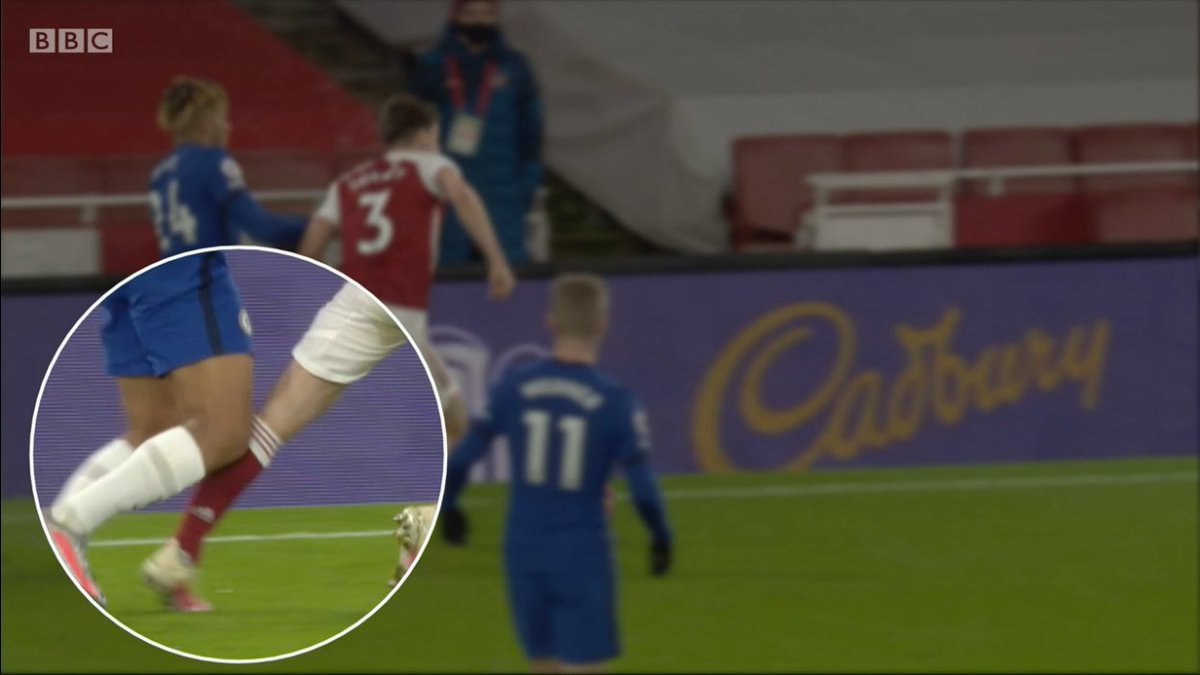
The same goes for the possible penalty for Eric Dier's challenge on Fabio Silva. VAR should keep out of this, as it should have done with Welbeck.
The reaction from Silva did not match the level of contact. But football has a real problem with this now in most leagues.
The reaction from Silva did not match the level of contact. But football has a real problem with this now in most leagues.
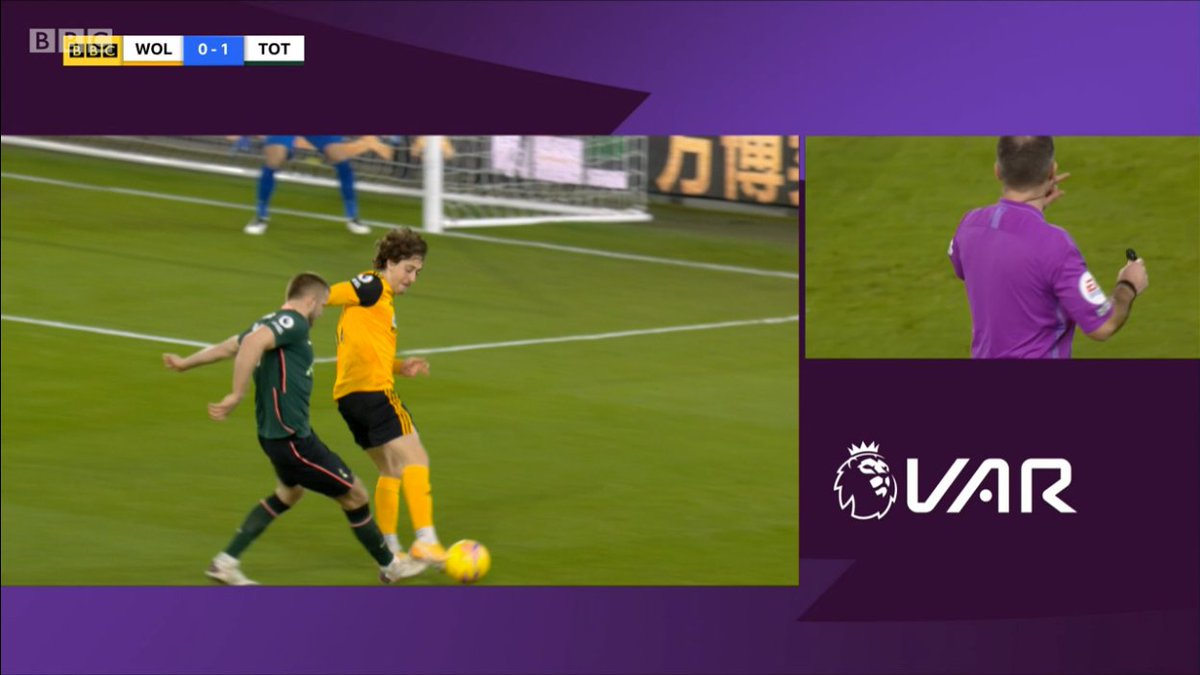
Remember, the referee gave a penalty to Newcastle for a very similar challenge last week, which wasn't overturned as the ref's decision carried the weight.
Note that it resulted in a VAR red card for Joachim Andersen, which was overturned on appeal. That says everything.

Note that it resulted in a VAR red card for Joachim Andersen, which was overturned on appeal. That says everything.
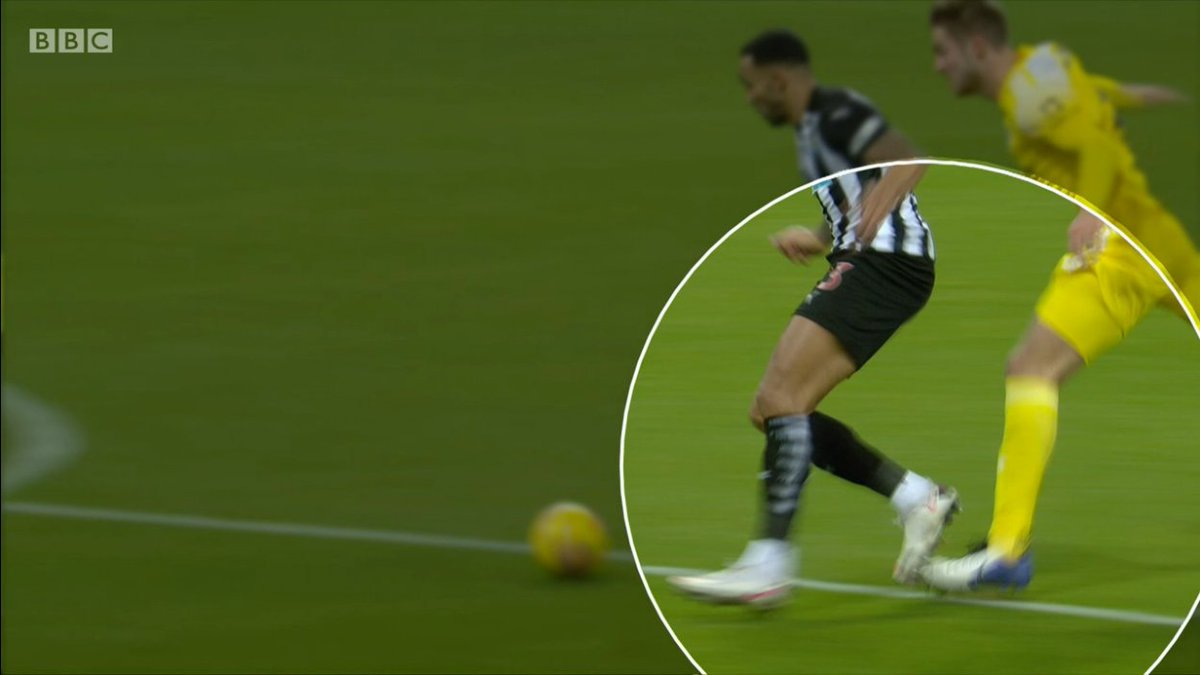
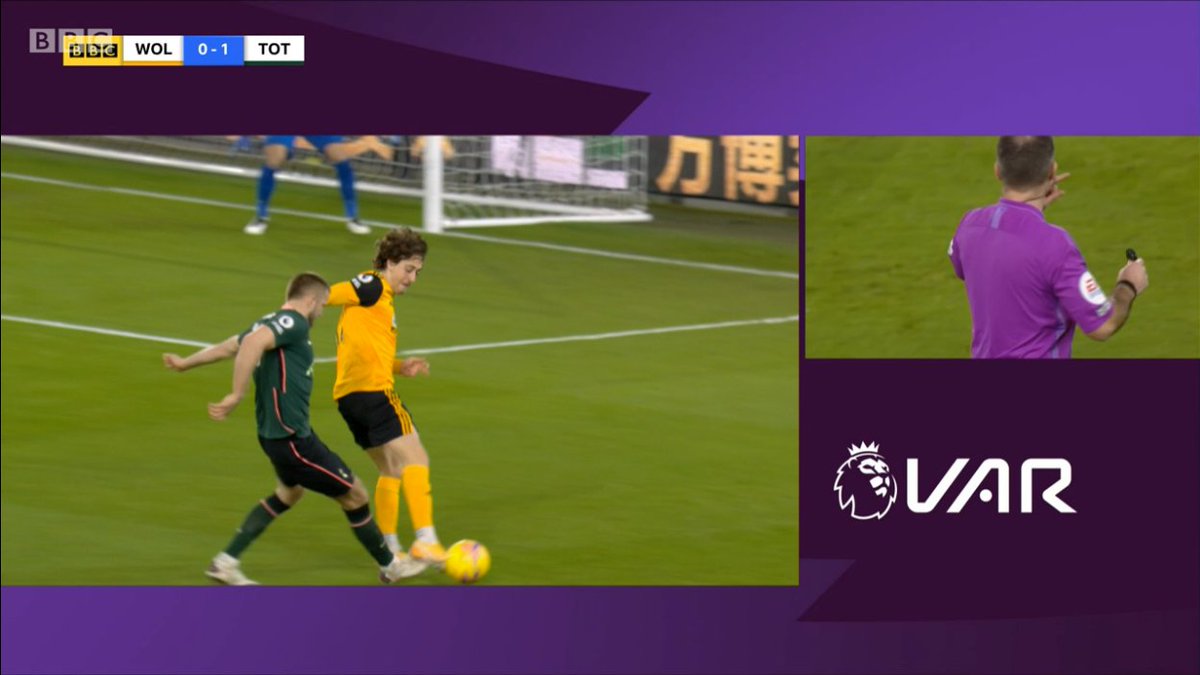
For the Lewis Dunk goal for Brighton at West Ham, the VAR can only disallow the goal if he is certain the ball has hit the arm.
There will always be borderline calls (Diogo Jota, Gabriel Jesus spring to mind), and on this I don't think the evidence was there to disallow.
There will always be borderline calls (Diogo Jota, Gabriel Jesus spring to mind), and on this I don't think the evidence was there to disallow.
One final point on the West Brom goal.
I say this knowing I always use images to illustrate points, but this makes it look a definite foul on Fabinho. It wasn't. Watch in real time there's nothing much in it, and note there have been no complaints.
I say this knowing I always use images to illustrate points, but this makes it look a definite foul on Fabinho. It wasn't. Watch in real time there's nothing much in it, and note there have been no complaints.
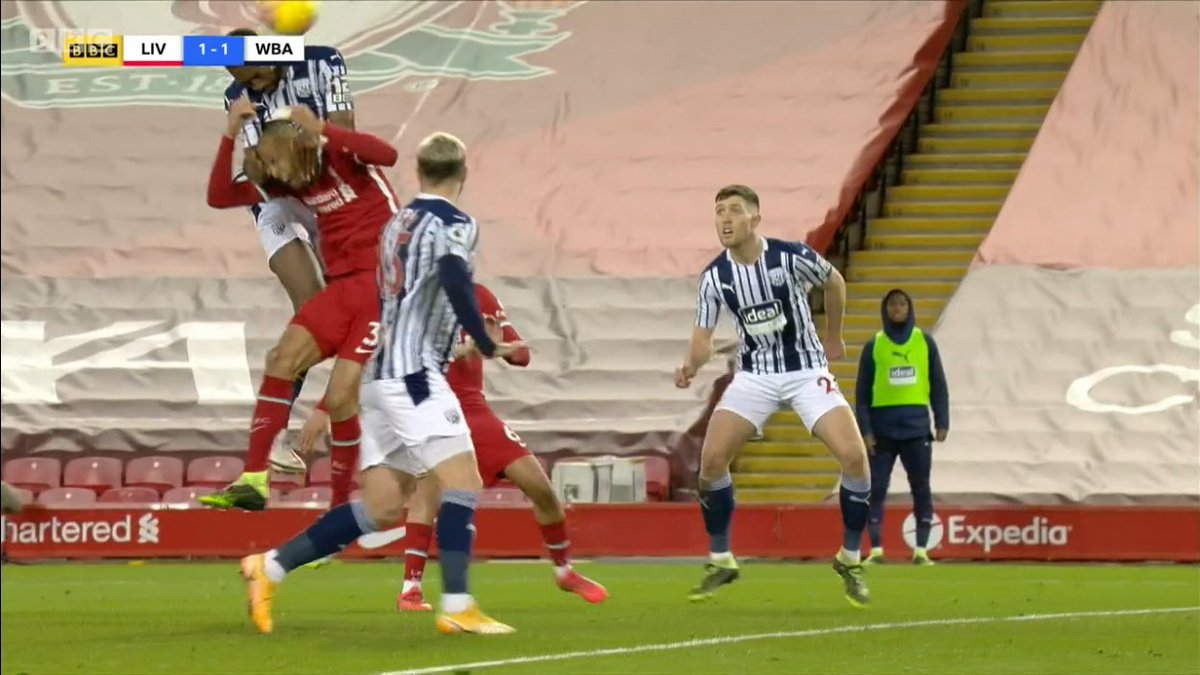
• • •
Missing some Tweet in this thread? You can try to
force a refresh


